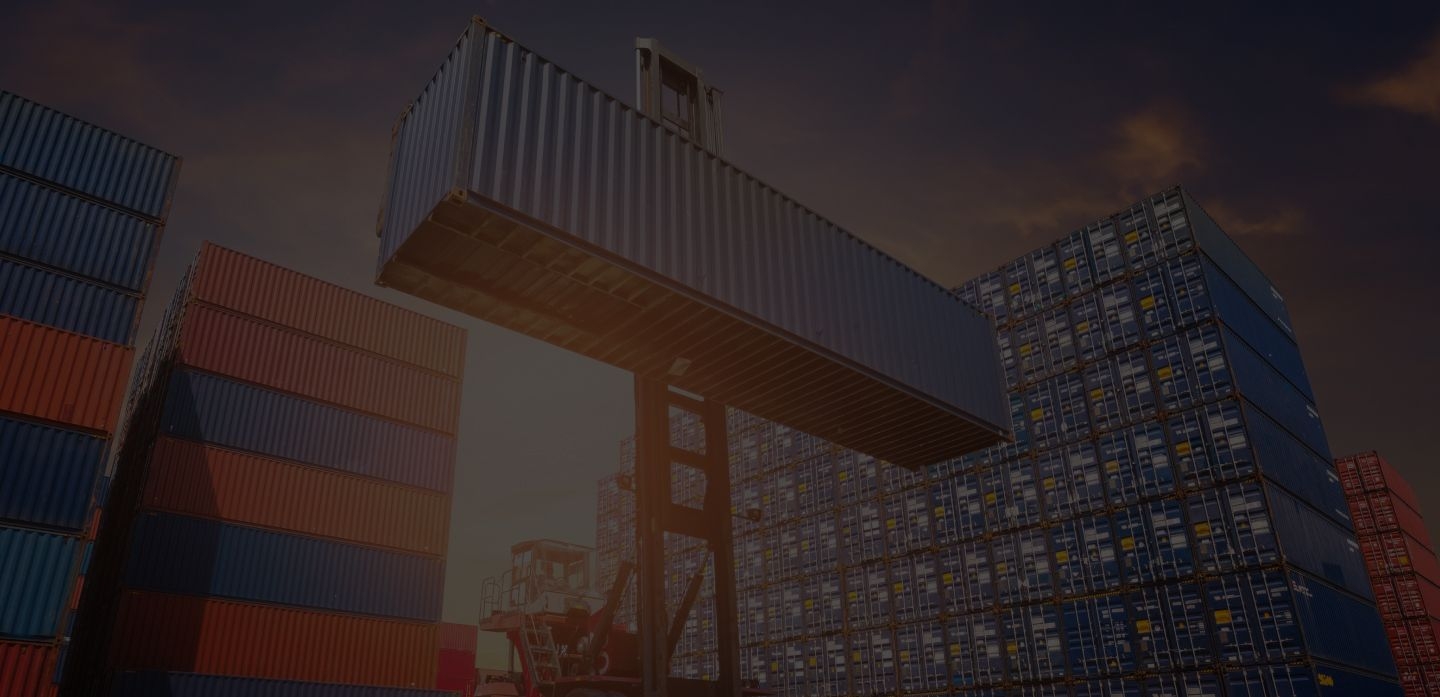
Ocean Freight to Algeria



Ocean freight shipping to Algeria
Ocean freight to Algeria is used frequently by US exporters since Algeria is the third-largest economic power on the African continent.
A market economy has not yet taken complete root in Algeria, where certain key sectors remain in the hands of the state. Regardless, over the past few years, the country has given signs that it is opening up to foreign investment. Its economic growth has remained constant, thanks to its export of hydrocarbons, growing public investment, and internal demand. These factors make ocean freight to Algeria an option for those interested in investing in an emerging country taking its first steps toward economic liberalization.
FCL or LCL for your ocean freight to Algeria
In order to help you optimize your ocean freight to Algeria, allow us to describe the basic options available to you - full container (FCL) or shared container (LCL).
A full container is particularly recommended for those exporters whose volume of goods is between 11 and 25 Europallets or 10 and 20 standard pallets (each Europallet having dimensions of 1.2m x 0.8m and each standard pallets is 1.2m/47 ¼” X 1m/39 3⁄8”). These are the exact capacities of 20-foot containers and 40-foot containers respectively. This offers the greatest savings in transport costs. FCL is also very useful for those who want to segregate their goods from those of other traders, thus avoiding any contact that could affect the integrity of their product.
In those cases in which segregation of goods is not an issue, or in which the volume of goods to be shipped would not be sufficient to take up at least half a container, a shared container (LCL) is, without question, the most economical option. “Groupage” as it is called when you share a container with other exporters, allows you to reduce costs, as you pay only for the space occupied by your goods.
Ocean freight ports in Algeria
Port of Algiers
The Port of Algiers is located northeast of the Bay of Algiers, and manages both trade traffic and passengers. It covers an area of 126 hectares, 24 percent of which is devoted to the storage of goods, with a capacity of nearly 120,000 tons, including vertical silos for bulk cargo. Annual traffic exceeds 730,000 TEUs.
The port is divided into three areas: the northern zone, the central zone (where one of the container terminals lies), the southern zone (with a second container terminal), and three other supplementary zones. It features facilities for the processing and management of hydrocarbons and the provisioning of cargo ships that dock at its quays.
Port of Bejaia
The petroleum and trade port of Bejaia is located in the city of the same name and in the biggest urban centre in the province of Kabylie. This is composed of three basins - Avant Port, Vieux Port, and Arrière Port. Its facilities extend over 79 hectares, with 410,000 square metres of warehousing, including 17,500 covered square metres. It boasts a quay 5,700 metres long, divided into 16 docking zones for general cargo ships, three for oil tankers, and one filling station. Eight terminals are available: for containers, for timber, two multipurpose terminals, a centre for the movement of dangerous goods, a RORO terminal, and the petroleum terminal.
Port of Oran
The Port of Oran is a mid-level Algerian port facility, located in the city of Oran and managed by the Oran Port Enterprise. It has a channel that is 24.4 metres deep, and a cargo pier with a depth of 12.5 metres.
Port of Ghazaouet
The Port of Ghazaouet is situated to the west of the Algerian coastline and manages both trade traffic and passengers. It is under the supervision of the Ghazaouet Port Enterprise and covers 23 hectares dedicated to various port activities.
Its annual traffic is around one-and-a-half million tons, representing more than 85 percent of the cargo coming from or destined for Europe.
Our ocean freight services to Algeria
You’ll find the most efficient and cheap efficient ocean freight services to Algeria on iContainers. We operate from a wide range of ports all over the world including but not limited to those in:
- USA
- Spain
- Netherlands
- Germany
- Belgium
- Mexico
- Dominican Republic
- China
- Taiwan
- UAE
What our ocean freight rates to Algeria include
![]()
For more information on rates, consult ship container rates for your ocean freight to Algeria here.